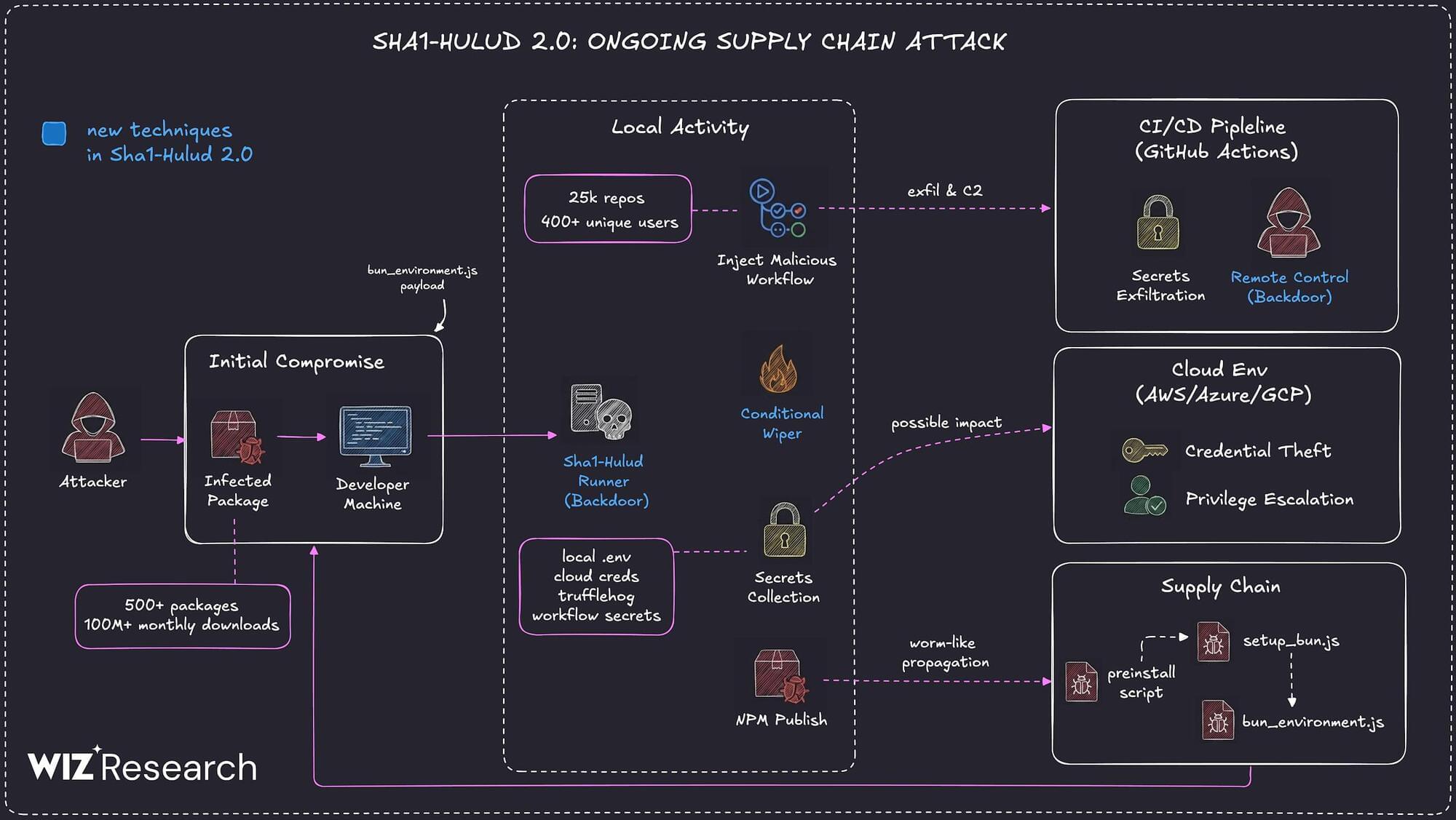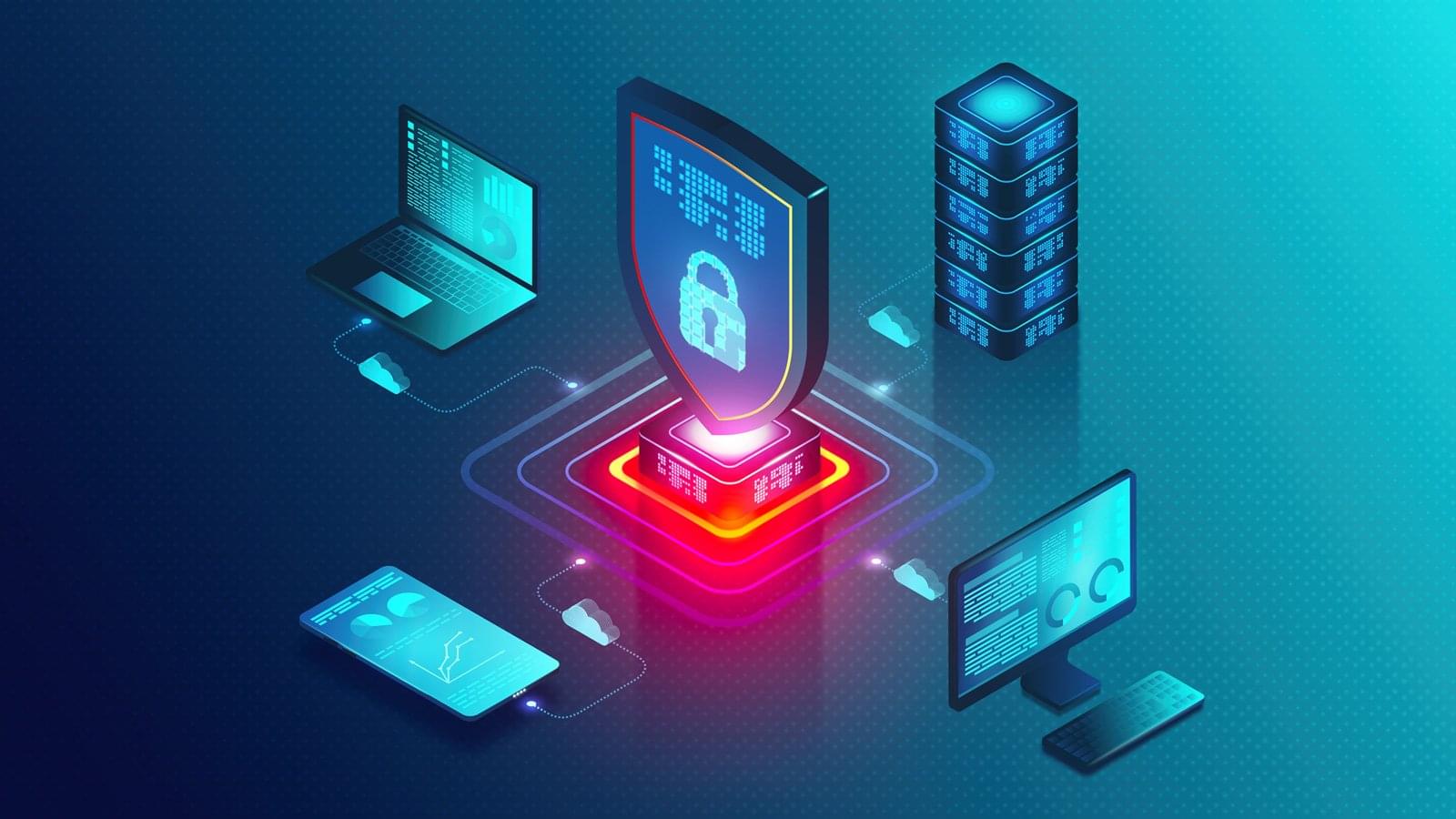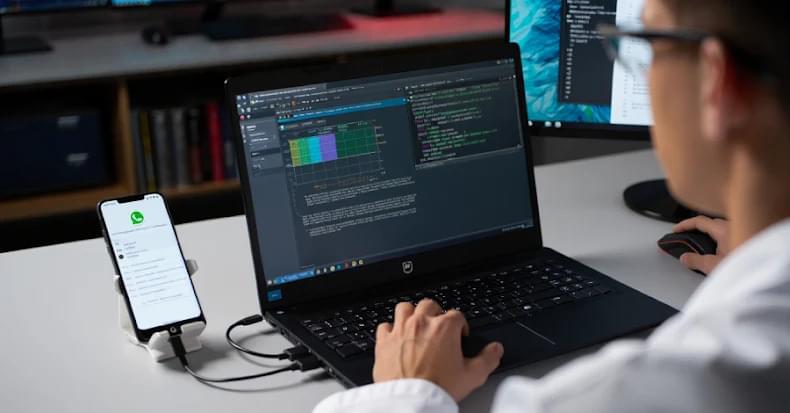Multiple security vendors are sounding the alarm about a second wave of attacks targeting the npm registry in a manner that’s reminiscent of the Shai-Hulud attack.
The new supply chain campaign, dubbed Sha1-Hulud, has compromised hundreds of npm packages, according to reports from Aikido, HelixGuard, JFrog, Koi Security, ReversingLabs, SafeDep, Socket, Step Security, and Wiz. The trojanized npm packages were uploaded to npm between November 21 and 23, 2025. The attack has impacted popular packages from Zapier, ENS Domains, PostHog, and Postman, among others.
“The campaign introduces a new variant that executes malicious code during the preinstall phase, significantly increasing potential exposure in build and runtime environments,” Wiz researchers Hila Ramati, Merav Bar, Gal Benmocha, and Gili Tikochinski said.









